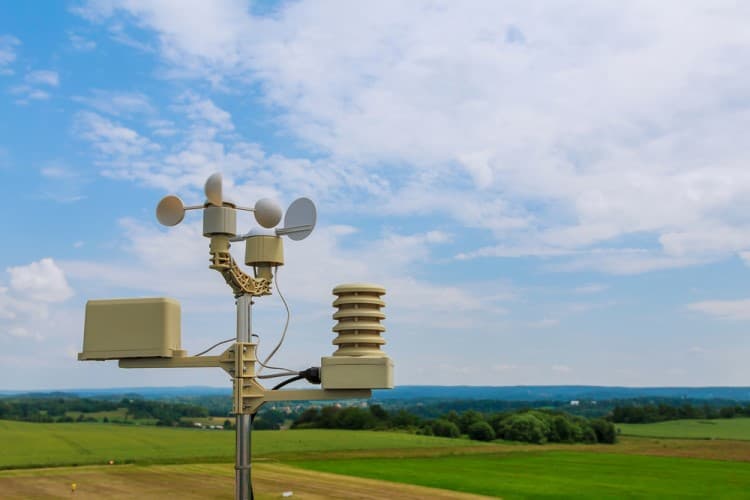In the realm of meteorology and severe weather prediction, the utilization of cutting-edge technology is vital for accurate forecasting. Among the various tools at the disposal of meteorologists, wind anemometers play a pivotal role. These sophisticated devices are designed to measure wind speed, providing invaluable data for understanding atmospheric dynamics and predicting severe weather events. In this article, we’ll delve into the world of wind anemometers, exploring their uses, benefits, and the critical role they play in enhancing our ability to predict severe weather.
Understanding Wind Anemometers
Wind anemometers, often referred to as wind speed sensors, are instruments specifically engineered to measure the velocity of wind. They come in various designs, but the fundamental principle remains the same – quantifying the speed and direction of the wind. This data is indispensable for meteorologists when tracking weather patterns and predicting severe weather occurrences.
Uses of Wind Anemometers
Severe Weather Prediction
The primary purpose of wind anemometers is to aid in severe weather prediction. Wind speed is a fundamental parameter for understanding storm systems. By accurately measuring wind speed, meteorologists can assess the intensity and potential impact of a storm. This information is crucial for issuing timely warnings to the public, helping to mitigate potential damage and save lives.
Climate Research
Wind anemometers also play a vital role in climate research. Understanding long-term wind patterns and trends is essential for studying climate change. By collecting continuous wind speed data, scientists can gain insights into shifts in weather patterns and their potential consequences.
Renewable Energy Applications
Wind anemometers are widely used in the renewable energy sector, particularly in wind energy production. These devices help in determining suitable locations for wind farms by assessing wind speed and consistency. Accurate wind data ensures optimal energy production from wind turbines.
Agriculture and Environmental Monitoring
Farmers and environmentalists use wind anemometers to monitor wind speed and direction for various purposes. For agriculture, wind data helps in crop management and pesticide application. In environmental monitoring, these devices aid in assessing air quality, dispersion of pollutants, and wildfire risk.
Benefits of Wind Anemometers
- Real-time Data:
Wind anemometers provide real-time wind speed measurements, allowing meteorologists to make swift decisions during severe weather events. This is crucial for issuing timely warnings and ensuring public safety. - High Precision:
These instruments offer high precision and accuracy in wind speed measurement, making them indispensable for scientific research and industrial applications. - Safety Enhancement:
Wind anemometers not only enhance the safety of the general public by enabling early warnings but also improve the safety of workers in industries where wind conditions are a significant concern, such as construction and aviation. - Energy Optimization:
In the renewable energy sector, wind anemometers help optimize energy production by ensuring wind turbines operate at their most efficient capacity. - Environmental Protection:
By monitoring wind speed, these devices contribute to environmental protection by aiding in the dispersion modeling of pollutants and helping prevent disasters like wildfires.
Conclusion
Wind anemometers, commonly known as wind speed sensors, are invaluable tools in meteorology and beyond. These devices play a central role in enhancing our ability to predict severe weather events, providing meteorologists with critical wind speed data for accurate forecasting. With applications spanning climate research, renewable energy, agriculture, and environmental monitoring, wind anemometers are versatile instruments that contribute to safety, scientific progress, and the protection of our environment.
In an age where severe weather events are becoming increasingly frequent and severe due to climate change, the role of wind anemometers is more vital than ever. They empower us with the data needed to make informed decisions, ultimately saving lives and safeguarding our communities. As technology continues to advance, wind anemometers will likely evolve further, enabling us to improve our understanding of the ever-changing dynamics of our atmosphere and enhancing our ability to predict and respond to severe weather events.



